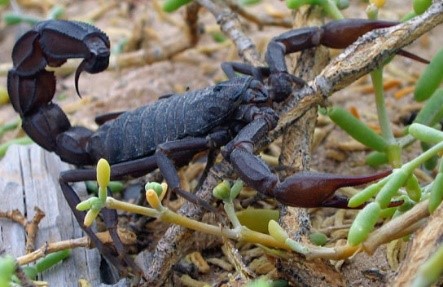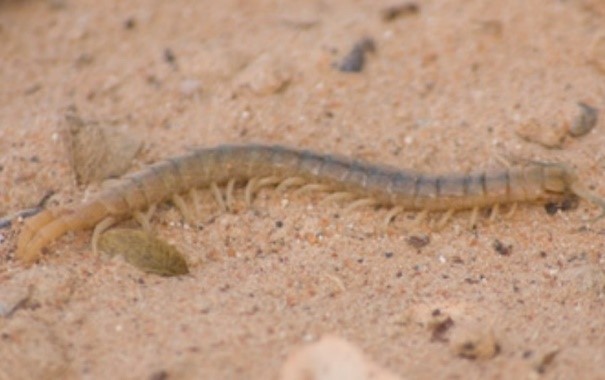German Yellowjacket or German Wasp
German Yellowjacket or German Wasp General Description · Yellowjackets are are sometimes mistakenly referred to as paper wasps because they build grey paper nests.· They are 1.3-1.5 cm long, black and yellow in color. · The body is slightly wider than the head. Credit: pjt56 There is a yellow band behind the compound eye. The face has three small black spots,…






















